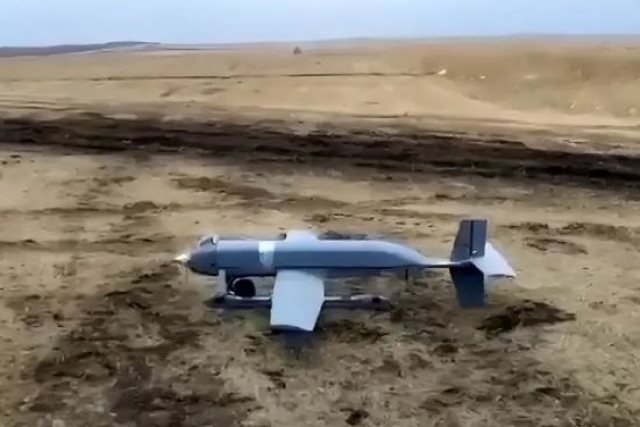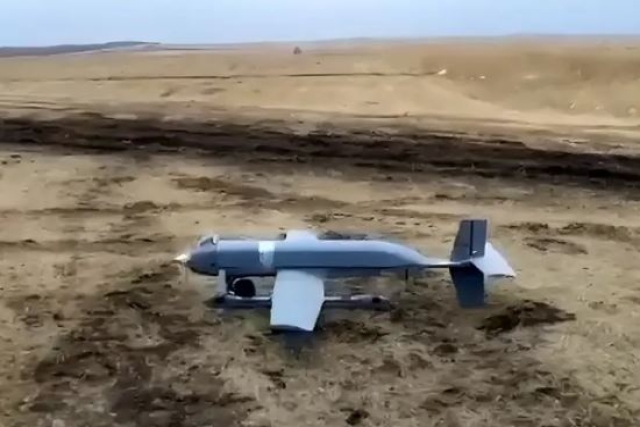Russian Military Deploys Aircraft-style Carrier Drones for FPV Kamikaze Missions
New strategy utilizes carriers to extend range and enhance signal relay for kamikaze UAVs

The Russian military has reportedly incorporated aircraft-style carrier drones into their arsenal, employing them to deploy FPV (first-person view) kamikaze drones.
These aircraft-style carriers serve to conserve energy for the smaller drones, extend their operational range, and facilitate signal transmission. The operational concept is straightforward: disposable kamikaze drones, controlled in real-time by operators, are affixed to the aircraft-style drones. Subsequently, upon reaching designated targets, they detach from the carriers and maneuver behind enemy lines with fully charged batteries. Once in position, these stealthy drones carry out silent attacks on artillery and anti-aircraft missile systems. In the event of unsuccessful target acquisition, the larger carrier drones safely return to base.
Social media platforms have been abuzz with a video capturing the precise moment of detachment between the drone and its carrier aircraft.

Back in March, Russian media reported the deployment of a drone named "Pchelka" ("Bee") in Ukraine. This drone is unique in that it carries seven FPV UAVs in its belly and releases them over enemy positions. It is powered by an internal combustion engine, enabling it to hover for extended periods after releasing its payload. The "Bee" is described by developers as a hybrid of an airplane and a copter, taking off like a UAV but flying like an aircraft-type drone. This design choice not only simplifies recharging in the field but also extends the operating range of the drone. Additionally, the "Bee" acts as a signals repeater, enhancing the range of the FPV drones it deploys.










